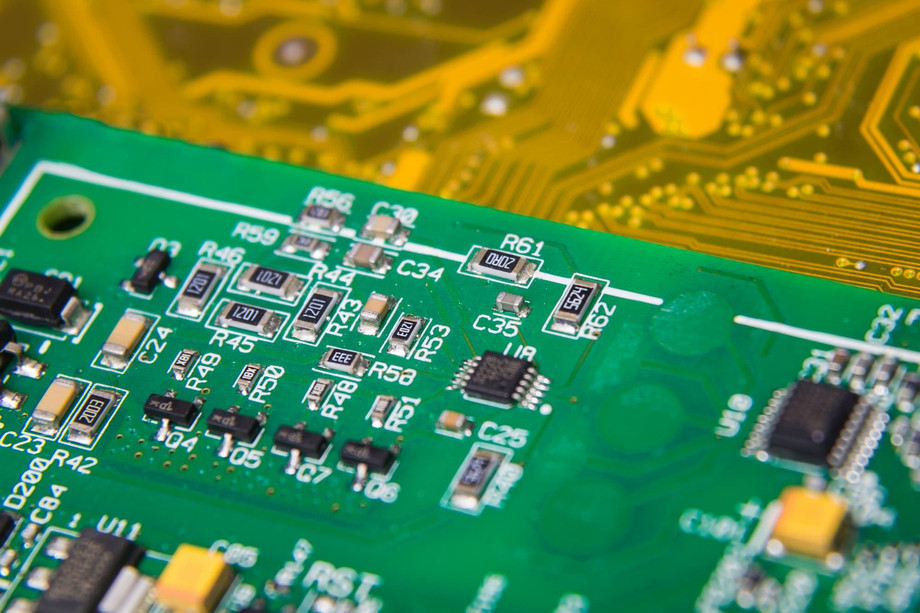In today’s fast-paced world, self-service kiosks are revolutionizing the way businesses interact with customers. From ordering food to checking in at airports, these kiosks provide convenience and efficiency, redefining customer experience across various industries. However, the effectiveness of these kiosks hinges significantly on the underlying embedded software. Robust embedded software development is crucial for optimizing the functionality, reliability, and security of self-service kiosks, ensuring they meet the diverse needs of users while adapting to ever-changing technological landscapes.
The Role of Embedded Software in Self-Service Kiosks
Embedded software is the backbone of any self-service kiosk, enabling hardware to function effectively and interact seamlessly with users. This specialized software controls every aspect of the kiosk, from user interface design to transaction processing, data collection, and system security. The development of robust embedded software allows for:
-
User-Friendly Interfaces: An intuitive user interface (UI) is critical for enhancing the customer experience. Well-designed software enables easy navigation, making it accessible to users of all ages and tech-savviness. This is particularly vital in public spaces where users may have varying levels of comfort with technology.
-
Integration Capabilities: Self-service kiosks must integrate with various systems, including payment gateways, inventory management, and customer relationship management (CRM) software. Effective embedded software facilitates seamless communication between these systems, allowing for real-time data exchange and improved operational efficiency.
-
Data Security: Security is paramount in self-service kiosks, especially when handling sensitive user information such as payment details and personal data. Robust embedded software development incorporates advanced security measures, including encryption and secure authentication protocols, to protect user data from breaches.
-
Reliability and Performance: Kiosks often operate in high-traffic environments, requiring software that is not only reliable but also capable of handling multiple transactions simultaneously. Performance optimization ensures kiosks function smoothly, reducing downtime and enhancing user satisfaction.
Key Considerations for Embedded Software Development
To enhance self-service kiosks effectively, developers must consider several key factors during the embedded software development process:
1. Platform Selection
Choosing the right platform is critical for the development of embedded software. Options range from custom-built solutions to established operating systems like Linux or Windows Embedded. Each platform offers unique advantages and limitations, and selecting the most suitable one depends on the specific requirements of the kiosk, including hardware compatibility, user interface, and desired features.
2. Hardware Compatibility
Self-service kiosks are often equipped with various hardware components, including touchscreens, printers, and payment terminals. Ensuring that the embedded software is compatible with these components is essential for seamless operation. Developers must consider the hardware specifications and conduct thorough testing to identify potential integration challenges.
3. User-Centric Design
User experience (UX) should be at the forefront of embedded software design. Developers must prioritize a user-centric approach, conducting user research and usability testing to gather insights on customer preferences and pain points. This feedback can guide the design of intuitive interfaces and functionalities that cater to user needs.
4. Regulatory Compliance
Self-service kiosks often operate in environments with strict regulations, particularly in industries like healthcare and finance. Developers must ensure that the embedded software complies with relevant standards and regulations to avoid legal issues and maintain user trust.
Trends in Embedded Software Development for Self-Service Kiosks
The field of embedded software development is continually evolving, driven by advancements in technology and changing consumer expectations. Several trends are currently shaping the future of self-service kiosks:
1. Artificial Intelligence (AI) Integration
AI is revolutionizing self-service kiosks by enhancing user interactions through personalized experiences. AI-powered kiosks can analyze user behavior, preferences, and feedback to offer tailored recommendations, improving customer satisfaction and engagement.
2. Cloud Connectivity
Cloud technology enables self-service kiosks to connect to centralized databases and applications, allowing for real-time updates and remote management. This connectivity facilitates better data collection and analysis, helping businesses make informed decisions based on user interactions and transaction patterns.
3. Multimodal Interaction
As consumers become accustomed to various forms of interaction, kiosks are evolving to support multiple input methods, including voice recognition and gesture control. This multimodal interaction enhances accessibility and user engagement, catering to diverse customer preferences.
4. Enhanced Security Features
With the rise in cyber threats, security is more crucial than ever. Developers are integrating advanced security features such as biometric authentication and end-to-end encryption to protect sensitive data and ensure user privacy.
Best Practices for Successful Embedded Software Development
To maximize the effectiveness of embedded software in self-service kiosks, developers should adhere to best practices that foster success:
-
Agile Development Methodologies: Implementing agile development practices allows for iterative testing and feedback, ensuring that the software evolves to meet user needs and addresses any issues promptly.
-
Comprehensive Testing: Rigorous testing is vital to ensure the software operates reliably across different scenarios and environments. This includes functionality testing, performance testing, and security testing to identify and resolve vulnerabilities.
-
Continuous Maintenance and Updates: Post-deployment, ongoing maintenance and updates are essential for ensuring that the embedded software remains effective and secure. Regular updates can introduce new features and address emerging security threats.
-
Collaboration with Stakeholders: Involving stakeholders, including end-users, during the development process fosters a collaborative approach that helps align the software with user expectations and business objectives.
Conclusion
The integration of robust embedded software development is essential for enhancing the functionality and effectiveness of self-service kiosks. By focusing on user experience, security, and performance, businesses can leverage kiosks to streamline operations and improve customer satisfaction. As technology continues to advance, embracing these principles will ensure that self-service kiosks remain at the forefront of customer engagement and service innovation. Adopting a proactive approach to embedded software development will not only benefit businesses but also contribute to a more efficient and enjoyable customer experience across the globe.
To Know More About embedded software development

